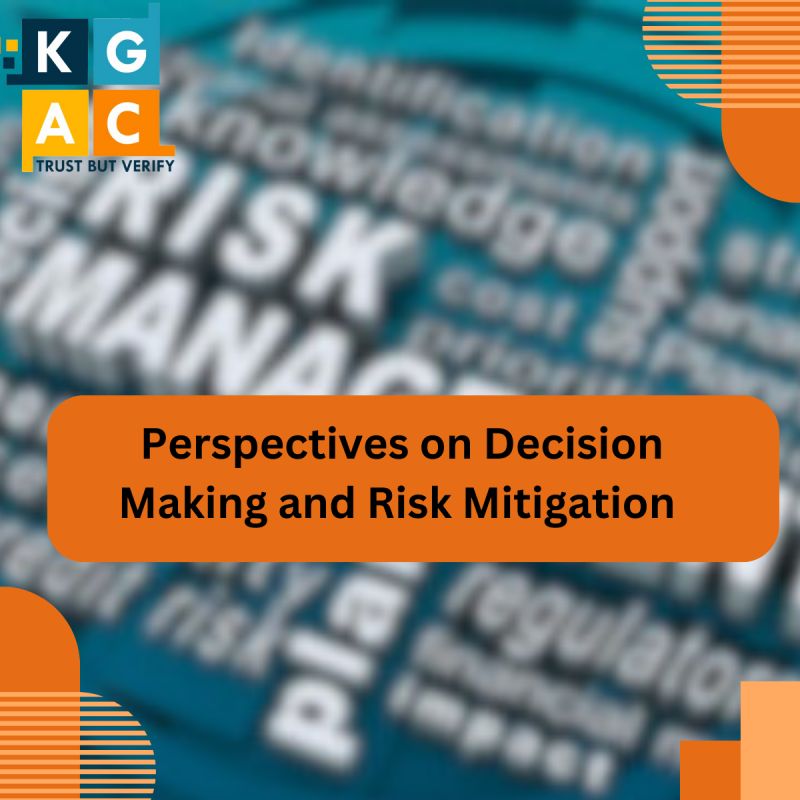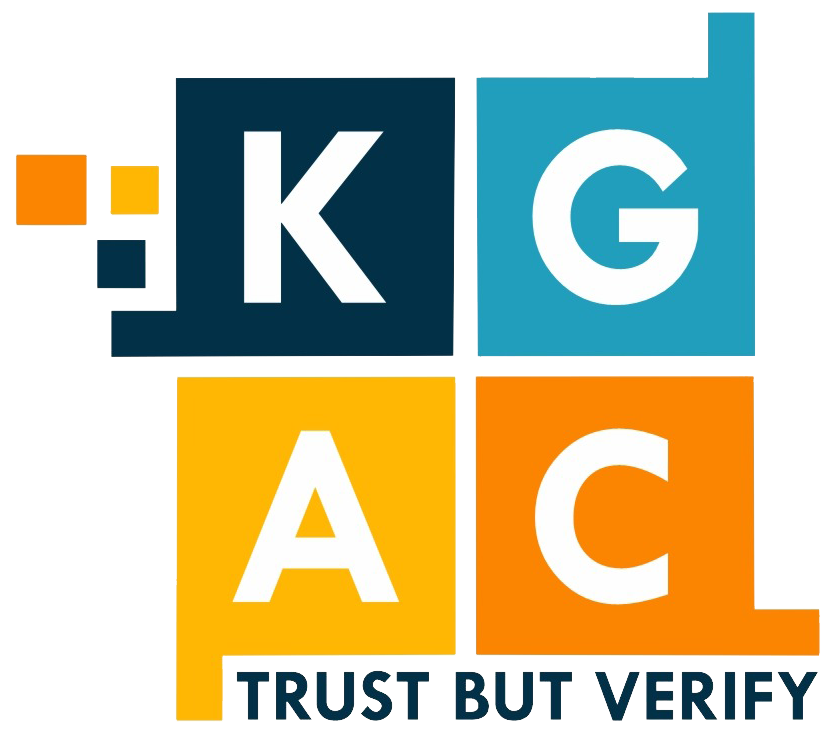
𝗗𝗲𝗰𝗶𝗱𝗲𝗿𝘀 have two central challenges: being ‘sufficiently certain’ that their decision will deliver what they intended and that what it delivers is consistent with the organization’s wider purpose.
𝗥𝗶𝘀𝗸 𝗠𝗮𝗻𝗮𝗴𝗲𝗺𝗲𝗻𝘁 decision-making relies on risk determinations produced through the supporting processes of risk identification and assessment. Organizations must consider the accuracy and confidence level associated with risk determinations and the extent to which risk determinations reflect the complete set of possible outcomes. Decision-making is the easiest for risk supported by complete information, including a comprehensive understanding of the possible outcomes and the associated probability.
Decision-making and risk management are crucial aspects and are interconnected.
𝗧𝗵𝗲 𝗱𝗲𝗰𝗶𝘀𝗶𝗼𝗻-𝗺𝗮𝗸𝗶𝗻𝗴 𝗽𝗿𝗼𝗰𝗲𝘀𝘀 𝗰𝗼𝗻𝘀𝗶𝘀𝘁𝘀 𝗼𝗳 𝘀𝗲𝘃𝗲𝗿𝗮𝗹 𝘀𝘁𝗲𝗽𝘀:
✅ Defining and understanding the problem
✅ Gathering relevant information
✅ Identifying and evaluating options
✅ Selecting the preferred option
✅ Acting and communicating the decision
✅ Seek Diverse Perspectives
✅ Following up as needed
𝗥𝗶𝘀𝗸 𝗠𝗮𝗻𝗮𝗴𝗲𝗺𝗲𝗻𝘁 𝗮𝗹𝘀𝗼 𝗰𝗼𝗻𝘀𝗶𝘀𝘁𝘀 𝗼𝗳 𝘀𝗼𝗺𝗲 𝘀𝘁𝗲𝗽𝘀:
✅ Risk Identification
✅ Quantify Risks
✅ Risk Mitigation
✅ Contingency Planning
✅ Regular Monitoring
✅ Risk Culture
✅ Diversify Investments
✅ Insurance
✅ Scenario Planning
✅ Adaptability
Both decision-making and risk management require a thoughtful and systematic approach. Risk management helps decision-makers to identify and mitigate potential risks and uncertainties. By proactively addressing potential concerns, decision-makers may increase their faith in decision-making and the following repercussions.
#riskmanagement #audit #effective #safety #inventorymanagement
